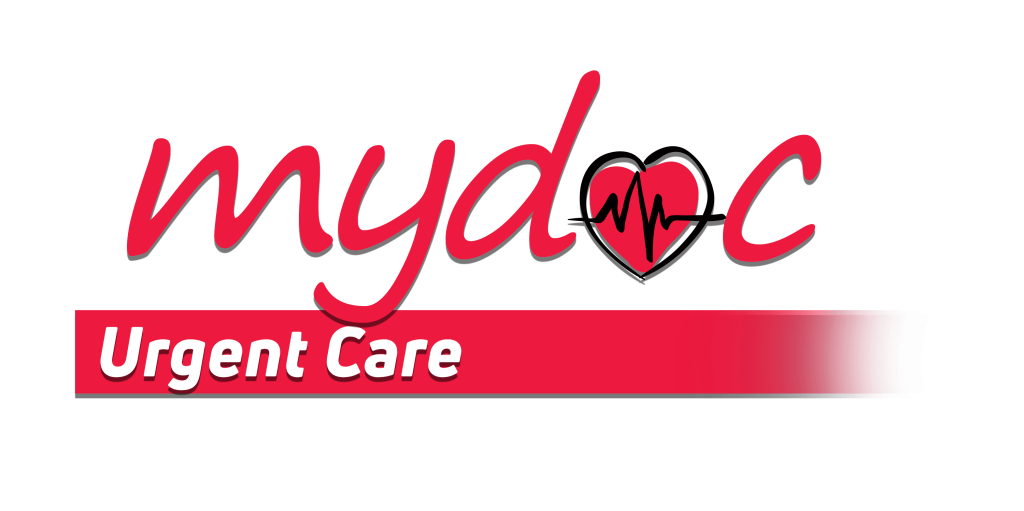PULMONARY EMBOLISM
Pulmonary embolism is an abrupt blockage of one of the major pulmonary arteries of the lungs. The blockage may be caused by a blood clot that may have formed elsewhere in the body and then traveled to the lungs. With restricted blood flow, the local lung tissue is prone to necrosis (tissue death). Consequently, the blood oxygenation level drops to critically low levels. Pulmonary embolism can be a serious life-threatening condition and require prompt medical attention.
According to a study, one-third of the people suffering from a pulmonary embolism who are undiagnosed or untreated eventually die. However, immediate emergency treatment can significantly improve your chances of survival. A recent report by CDC claims that 1 in 1,000 people in the United States is affected by pulmonary embolism each year. If you experience the following symptoms, you should immediately visit our doctors at MyDoc Urgent Care to ensure timely intervention.
SIGNS AND SYMPTOMS
The signs and symptoms of pulmonary embolism can widely vary. A lot depends on the size of the clot and its location in the lung. The hallmark symptom of a pulmonary embolism is an extreme shortness of breath. Other significant symptoms are listed below:
- chest pain
- abdominal pain
- cough
- wheezing
- rapid heartbeat
- weak pulse
- fainting
- seizures
- excessive sweating
- anxiety
- lightheadedness
- clammy/discolored skin (cyanosis)
- spitting up blood
RISK FACTORS
The etiology of pulmonary embolism revolves around the formation of a blood clot. So, anything that facilitates the creation of a blood clot in your body significantly increases the risk of developing pulmonary embolism. Some of the most commonly noted risk factors among PE patients are listed below:
- prolonged immobilization (post-surgery bed-rest, overnight flight, long car trip)
- trauma or surgery (especially legs, hips, abdomen, or brain)
- some diseases; cancer, stroke, heart failure, severe infection
- pregnancy (cesarean section)
- excessive smoking
- use of birth control pills
DISEASE MANAGEMENT
If a suspected patient is suffering from a pulmonary embolism and is a high-risk patient, doctors immediately use an injection of anticoagulants (often called blood thinners). As the patient stabilizes, our doctors at MyDoc Urgent Care carry out a complete physical examination and ask questions about the person’s past health and any significant associated symptoms. Then depending on the risk assessment, our healthcare professionals might recommend some tests to look for a blood clot and rule out other differential diagnoses. These tests may include a CT scan, pulmonary angiography, or even a ventilation-perfusion lung scan. If the symptoms are severe and the condition is life-threatening, the use of thrombolytics is preferred. Another option available to treat pulmonary embolism is to perform minimally invasive surgery to remove the clot – known as an embolectomy.
TAKE AWAY MESSAGE
Pulmonary effusion is a severe health hazard that demands emergency protocols and immediate medical assistance. At MyDoc Urgent Care, we strive to provide industry-standard medical support to our clients and ensure that they receive the best treatment in the town. We take pride in our highly-trained medical staff and skilled doctors who are always ready to serve you.
Book your appointment online or visit us at our offices in Forest Hills,East Meadow,Brooklyn,Bronx,Jackson Heights and little Necks